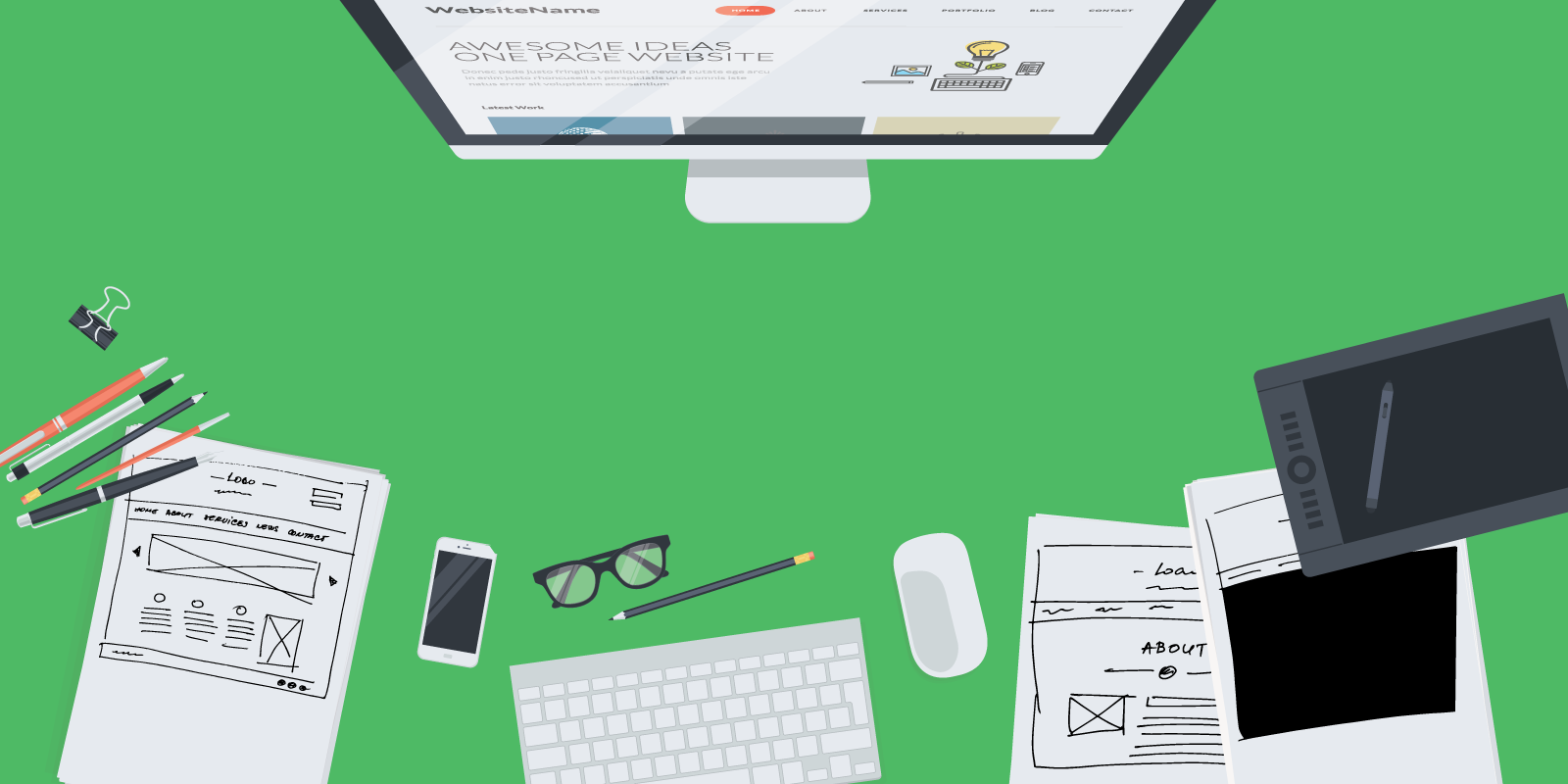Where in the physical world do we digest the enormous amount of information like that we find on the Internet? Nowhere – that’s why the Web is such a unique world to experience and why the process of UX is so incredibly vital in creating a successful website.
“It’s so easy to forget that the Web experience is more often like being abducted than following a garden path” – “Don’t Make Me Think“
What is UX Design?
It’s the most important element to a website that no one knows about, though everybody knows what it’s like to encounter a bad user experience. UX design is the research that goes into fully understanding a website’s target audience and in turn aiming all of the site’s content specifically toward them. Some of the things that need to be known about the site’ audience are as follows:
- Age
- Location
- Occupation
- Education Level
- Online activities
- And so much more…
This information can be gathered in several ways using user interviews, surveys, contextual inquiries, usability testing, etc.*
“User experience design is the creation and synchronization of the elements that affect users’ experience with a particular company, with the intent of influencing their perceptions and behavior.” – “A Project Guide to UX Design”
It’s essentially the UX designer’s job to take all of the pieces of the project puzzle and create an experience that allows the users to easily access what they have come to the site for. The UX designer takes the business objectives, user requirements, and user research and translates all of it into personas, content strategy, site maps, and user flows. All of that let’s us proceed to information architecture with wireframes and low-fidelity prototypes.
So many hats!
By now, you might be asking yourself why they are even called UX “designers” since they don’t do very much designing at all. You’ll see people throughout the industry who do this work called many different names (no, Batman is not one of them), such as user experience strategist, user experience architect, and user researcher. Further complicating the field is the fact that these functions all blur the lines with those performed by an information architect or interaction designer. Here at Gravitate, those lines are indeed very heavily blurred. Even though the designers wear the hat of an interaction designer, there isn’t a moment when user experience design does not play a part. We work extensively with the digital marketing team on user research, content strategy, personas, and user flows. Then we take all of that information and translate it into the information architecture and wireframes. Then and only then do we get into high-fidelity prototypes.
An aspect that has been gaining more and more importance when it comes to the Web experience is responsive Web design or adaptive design.
The UX designer not only has to create a great user experience but also put much consideration into how to create a cohesive experience across all devices. Great design chops and a thorough understanding of development is what makes our team so very good at user experience design. With that foundation, we move through the process, creating a design that is fluid and adaptive while never losing sight of the users’ objectives.
The bottom line is that, without a user experience, there will be no users.
Design is not just what it looks like and feels like. Design is how it works.
– Steve Jobs
There are a lot of factors that play into creating a great application, and user experience design is the heartbeat that keeps the design alive and working.


